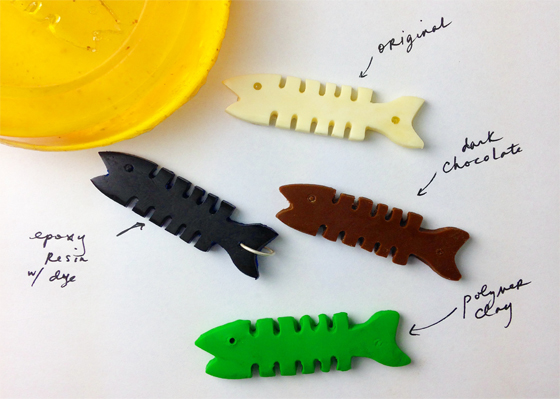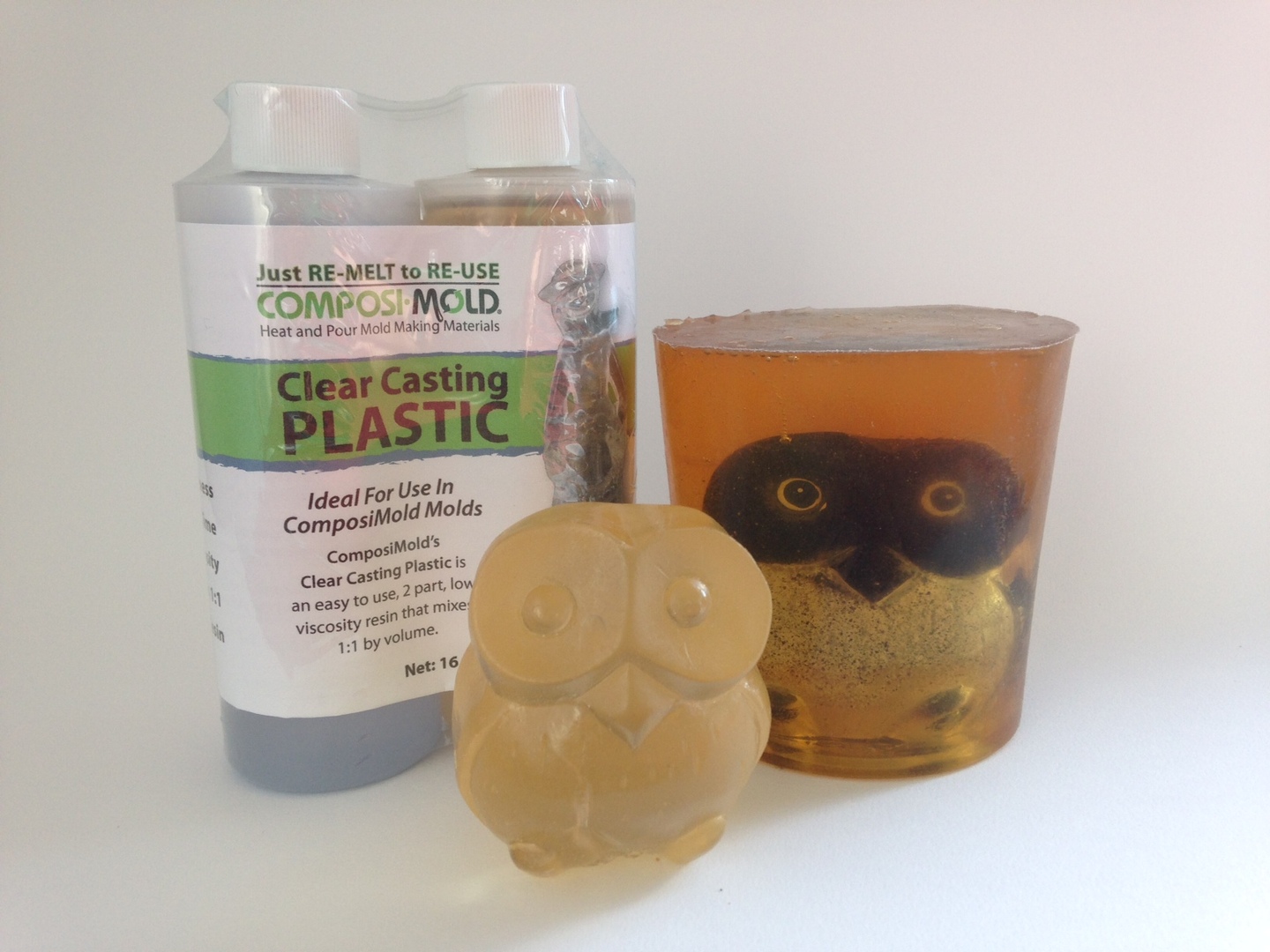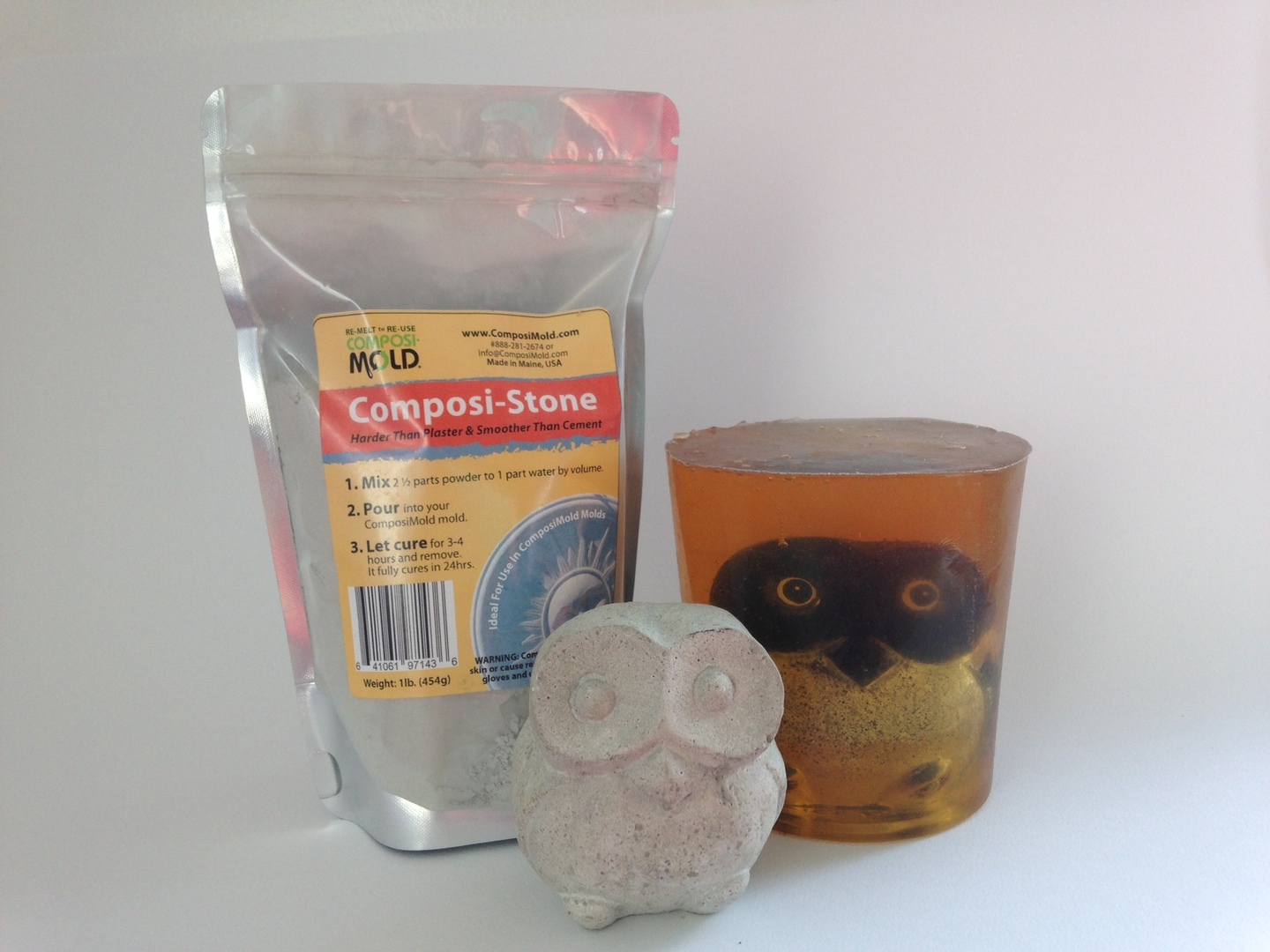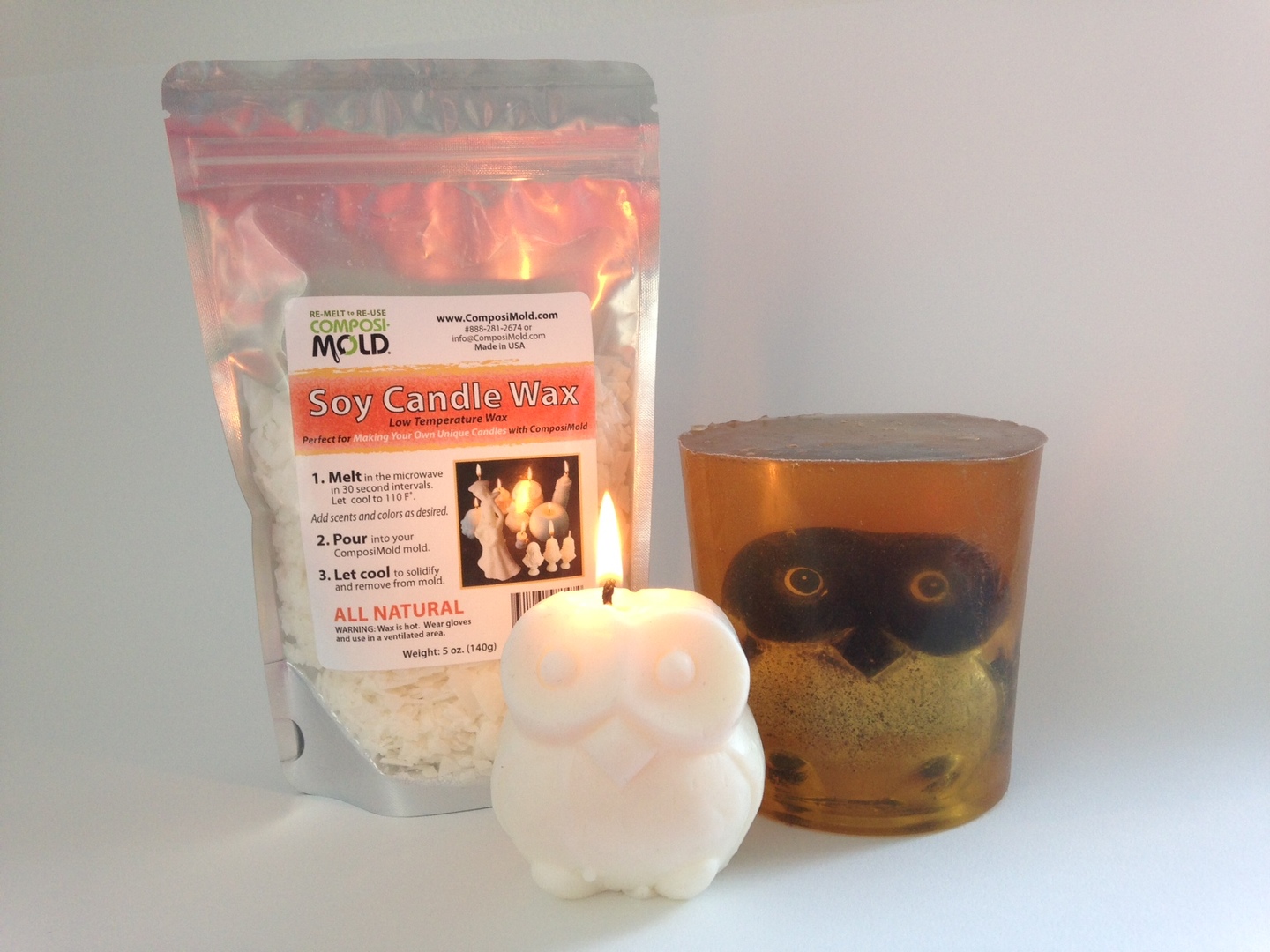Casting with Plaster of Paris
 |
| Seashell in Plaster of Paris |
Plaster of Paris is low cost, easy to use, and makes good
castings. Plaster of Paris comes as an easy-to-mix formula that mixes with water and
dries to a dense, durable, and smooth and bubble free finish. Plaster of Paris is a great material to use for
basic castings and molds and art projects because it is simple to mix and use.
The Plaster of Paris sets in a few minutes, although it takes an hour before it
is ready to be removed from the mold. It takes 24-48 hours to fully cure. Using Plaster of Paris is easy, but there are
procedures to follow that will make you successful in your plaster castings.
 |
| Plaster Casting of Frogs |
Plaster of Paris is not a
plastic. It is a hard white substance made by the addition of water to
powdered and partly dehydrated gypsum. It is hard like a cement or
concrete but white and not as strong. So don’t use plaster for very thin
castings. Basic shapes or designs that have a solid backing to them will be
more successful. If you need some flexibility or stiffness in the final
castings, then move to a plastic.
 |
| Creepy Plaster Casting of a Dolls Head |
Materials you will need:
·
Plaster of Paris powder. For ComposiMold or ImPRESSive Putty
Molds, please use our ComposiMold plaster that has been formulated to cure to a
strong solid casting in these molds. By creating cure more quickly, the water
in the plaster does not react with the ComposiMold or ImPRESSive Putty to give
strong, hard plaster castings. You can also purchase a powder additive to add
into any plaster of paris to obtain a similar affect.
·
Water: Use cold water to cure slower and give you more control
over the reaction and give more time to fill the molds.
·
Mixing container that is large enough to hold to water and
plaster. Plastic containers are nice because you can deform them afterwards to
break away the hard plaster and re-use the container.
·
Measuring cup or any cup that can be used to measure out 3 parts
of plaster powder to 1 part water.
Make your Plaster Castings
The
ideal ratio for a Plaster of Paris mixture is 3 parts Plaster of Paris powder
to 1 part water. Measure out the water and pour it into your mixing container.
Some recipes suggest 2 parts plaster to water, but this will create a much
weaker plaster casting. The thicker you can be while still being able to pour
the better. Start with a 3 to 1 ratio and if necessary add small amounts of
water to make it easier to pour.
Break
any clumps of plaster up with a spoon. If you use your hands to mix, be sure to
wear gloves.
When
mixing the water and plaster, you should mix the powder into the water. Pour the plaster powder into the water
spreading it out over the surface of the water. After it is poured all poured
in, tap the sides of the mixing container and let the plaster powder fill with
water to reduce bubble formation. The plaster powder will sink into the water.
When you are finished adding the plaster, it will be slightly above the surface
of the water and not easily absorbed by the water.
Gently
stir the plaster and water to form a nice slurry similar to a thick pancake
mix. Gentle stirring of the plaster will
reduce the chance of bubbles being mixed into the mixture.
Pour
the plaster into your molds. If you want to learn how to make your own molds,
check out our mold making videos and get your free mold making e-book.
A couple other tips for plaster casting:
Do not pour any extra plaster down your drain. It can harden
and destroy your plumbing. You can dilute the plaster so it does not create a
hard plaster or let it harden and throw it away.
To make colored plaster, you can add colorants to the plaster mix while it is still in liquid/paste form. Remember that you will be adding color to white, so you will need more colorant to make darker colors. Any types of paint will work.
To paint the plaster casting after it has cured, use a layer of gesso or primer first to seal the plaster, and then you can paint the plaster any way you want.
Video of Plaster Casting of a Duck Decoy





































